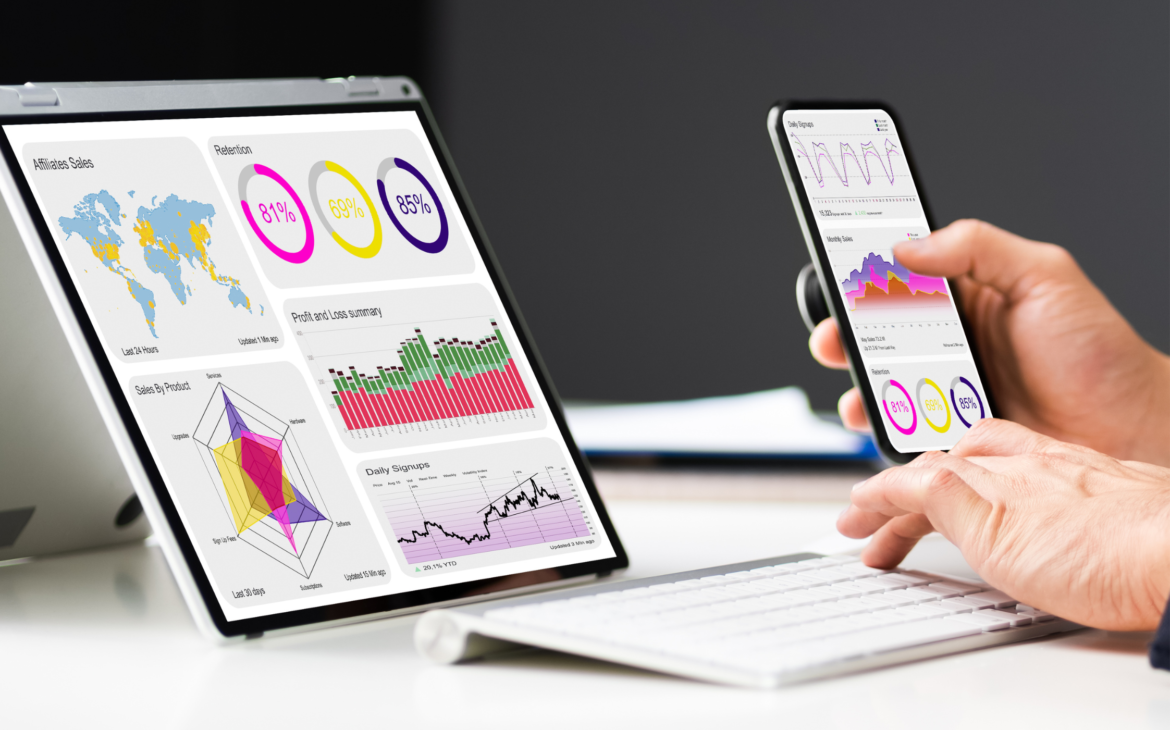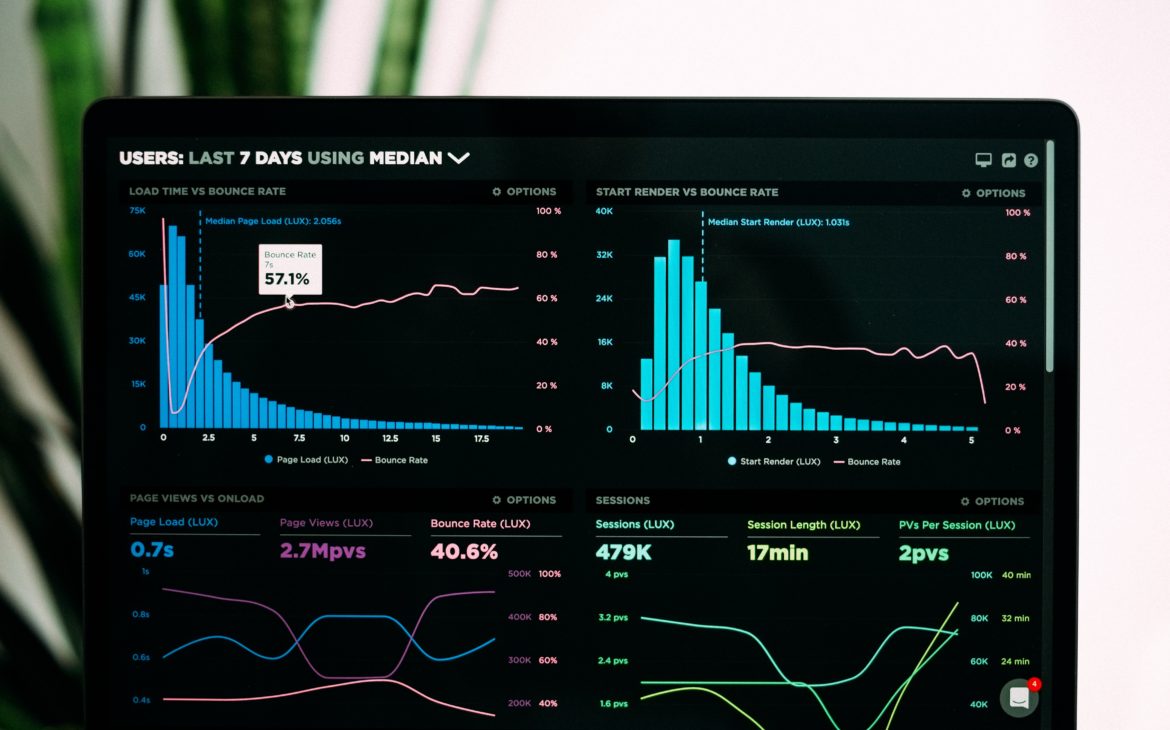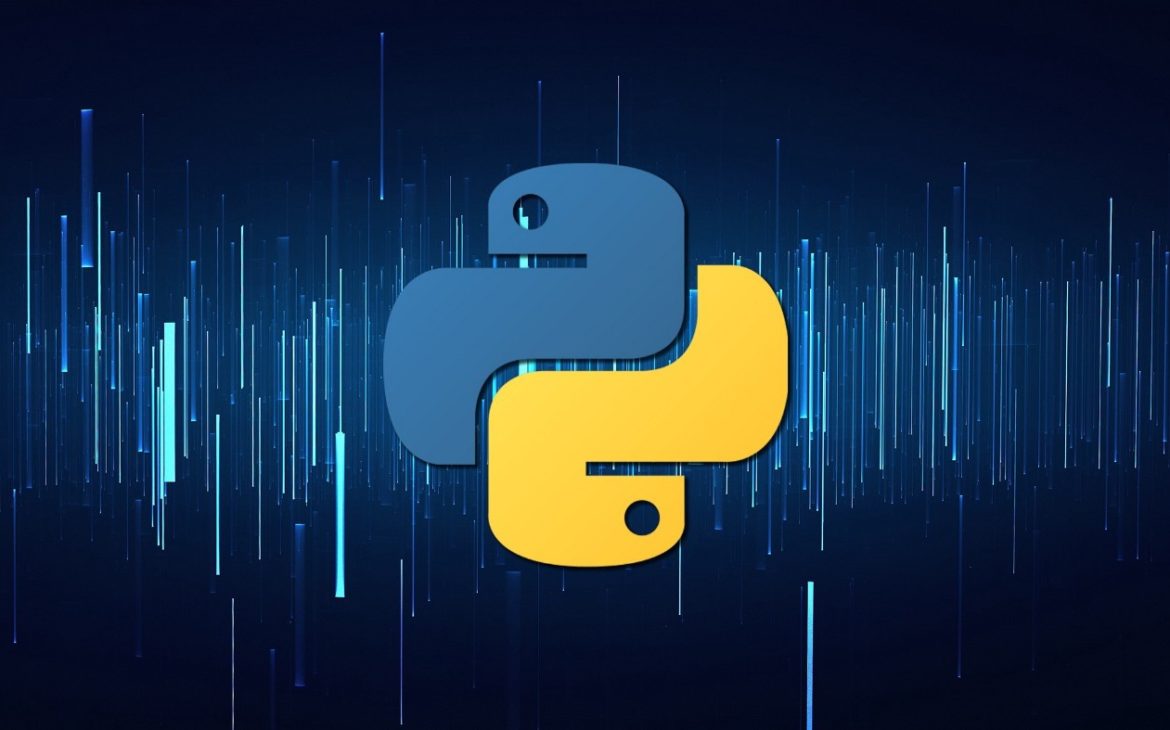If you are choosing your career as a Data Analyst, trust me you are giving a proper shape to your future. Data Science came in India in 2008 and was predicted that all the subsets of data science like data engineering, data analyst, data miners, etc will be flureshing in the next 10 years.
Data Analyst gather mass data then interprets the data and at last solves the specified problem in order. As a data analyst, one of the most important skills you can have is the ability to make sense of large, complex data sets. But where do you start when you’re new to the field?
Here are a few tips and tricks to help you get started:
Get to know your tools
You should first know what tools tools and software you will be use. The most basic tools used are Excel, R language, and Python. You need to have a pre-requisite knowledge about them before getting into your hands onto any model or project.
Practice data cleaning
Data cleaning is a critical step in the analysis process. Learn how to identify and handle missing data, outliers, and other issues that can impact your analysis.
I have earlier explained “The Process of Data Cleaning in Python”. You can check this out and learn a lot from it.
Learn the basics of statistics
Maths and Statistics is the heart of data analysis. You need to understand the basic concepts of statistical analysis, such as mean, median, and standard deviation.
Also check out the Mathematical Knowledge required for Data Science that will help you build your base strong before entering into the field of data analytics.
Start with simple visualizations
Data visualization is a powerful tool for making sense of data. Learn how to create basic charts and graphs to help you communicate your findings.
There are various methods to know that How do data analysts visualize their data.
Ask questions
Don’t be afraid to ask questions and seek help from more experienced analysts. The more you know, the better you’ll be able to analyze and interpret data. You can also comment down in the comment section or you can reach out to my LinkedIn or Twitter handle to seek help.





